
Salt is a staple ingredient in every kitchen, and there are many different types of salt to cook with.
From kosher to flaky, pink to black, each variety has its own unique characteristics and uses.
Let’s dive into the various types of salt and how you can use them to enhance your cooking.
Kosher Salt
If you only want to keep one type of salt in your kitchen, make it kosher salt.
This is the preferred choice for most professional and passionate home cooks.
Kosher salt has larger flakes and a less salty flavor compared to table salt. It doesn’t contain any additives like iodide.
When using kosher salt, keep in mind that different brands have slightly different textures and levels of salinity. Diamond Crystal and Morton’s are two popular brands; Diamond Crystal has lighter flakes while Morton’s is denser. If a recipe doesn’t specify which brand to use, assume it calls for Diamond Crystal.
Real Salt (Fine-Grain Sea Salt)
Real Salt is a brand of sea salt harvested from ancient salt deposits found in Redmond, Utah, USA.
Real Salt is my personal go-to cooking salt and what I use most in my kitchen.

These salt deposits are believed to be remnants of an ancient inland sea that evaporated millions of years ago, leaving behind rich salt minerals. Real Salt is known for being unrefined and containing a variety of trace minerals, which give it a slightly pinkish tint and a unique flavor.
Unlike regular table salt, which can be heavily processed and often only contains sodium chloride with some additives like iodine, Real Salt is minimally processed. It retains its natural mineral content, which includes elements like calcium, potassium, magnesium, and sulfur, as well as trace amounts of many other minerals. This composition not only affects the salt’s flavor, making it more complex and milder than regular table salt, but also contributes to its reputation as a healthier alternative.
Real Salt is often used in cooking and food preparation for its distinct taste and mineral content, and it’s also popular among people who prefer natural and unprocessed foods.
I personally buy Real Salt on ThriveMarket online for the best price, and because the company is set on a mission to provide the highest-quality food at affordable prices. Here’s my partner link for 40% off your first purchase.
Read more: 15 Best Items To Buy On Thrive Market
Sea Salt
Sea salt is harvested from evaporated sea water and offers a clean taste with up to 60 different trace minerals. It comes in both coarse and fine versions.
Fine sea salt (like the Real Salt brand mentioned above) is perfect for seasoning dishes at the table or when you need the salt to dissolve quickly. Coarse sea salt works well for salting meats before cooking, while extra-course sea salt, like Maldon, is best used as a finishing salt.
Himalayan Pink Salt

With its peachy-pink color derived from iron oxide, Himalayan pink salt adds a touch of visual interest to your dishes.
While the color is striking, the flavor variation compared to other salts is minimal. This salt is often mined from the Khewra Salt Mine in Pakistan and used primarily as a finishing salt.
I also buy Salt Pink Himalayan Salt on ThriveMarket online for the best price. Here’s my partner link for 40% off your first purchase.
Table Salt
The OG table salt. You probably have a shaker of it sitting on your dining table right now. Table salt is finely ground and often contains added iodide for public health reasons. While it may seem outdated compared to other fancy salts, table salt still has its place in the kitchen. Some people like baking with it because its fine grains distribute evenly with flour and dissolve easily in wet ingredients, but I find Real Salt to do the same.
While table salt is a common pantry staple, it’s important to note that it often contains fillers. These fillers are added to prevent clumping and improve flowability, but they can affect the overall quality of the salt. Some common fillers found in table salt include:
- Anti-Caking Agents: To prevent moisture absorption and clumping, anti-caking agents like calcium silicate or sodium ferrocyanide may be added to table salt. While these additives are generally recognized as safe by regulatory bodies, some people prefer to avoid them due to personal preferences or dietary restrictions.
- Iodine: In the 1920s, iodine was added to table salt as a public health measure to combat widespread thyroid issues and goiters. Today, iodized table salt is still available and provides an important source of this essential mineral for those who may not consume enough iodine-rich foods.
It’s worth noting that not all table salts contain fillers or iodine. Some brands offer pure versions of table salt without any additives. If you’re concerned about fillers or prefer a more natural option, consider looking for unprocessed or sea salts that don’t contain these additional ingredients.
Ultimately, the choice of salt depends on your personal preferences and dietary needs. Whether you opt for table salt with fillers or choose alternative salts without additives, remember that moderation is key when it comes to sodium intake for maintaining a balanced diet.
Fleur de Sel
This is a finishing salt. Originating from Brittany, France, fleur de sel is a flaky salt harvested from saltwater ponds. It isn’t used during cooking but rather as a secondary seasoning.
Its large, flat flakes add a mild salty and briny flavor along with a crunchy texture to salads, baked goods, and other dishes where its visual appeal can shine.
Black Salt
Also known as Kala Manak, black salt is another type of Himalayan salt. It’s commonly used in Indian cooking for its signature sulfur flavor derived from sodium sulfate present in its composition. Black salt contributes to the tangy taste of dishes like chaat masala.
Sel Gris
Another finishing salt, Sel Gris is a grayish fluffy finishing salt made through the same evaporation method as regular sea salt but sourced from sea foam.
It has a delicate flavor and texture that makes it ideal for finishing dishes rather than being integrated into seasoning. It works particularly well in hot dishes where its lightness won’t be lost.
With all these different types of cooking and finishing salts available, you have endless possibilities to enhance your culinary creations. Just remember not to over-salt your food; start with less than you think you need and adjust accordingly.
So go ahead and experiment with these salts to take your cooking to the next level.
Note: The content provided here is for informational purposes only and should not be considered medical or dietary advice.
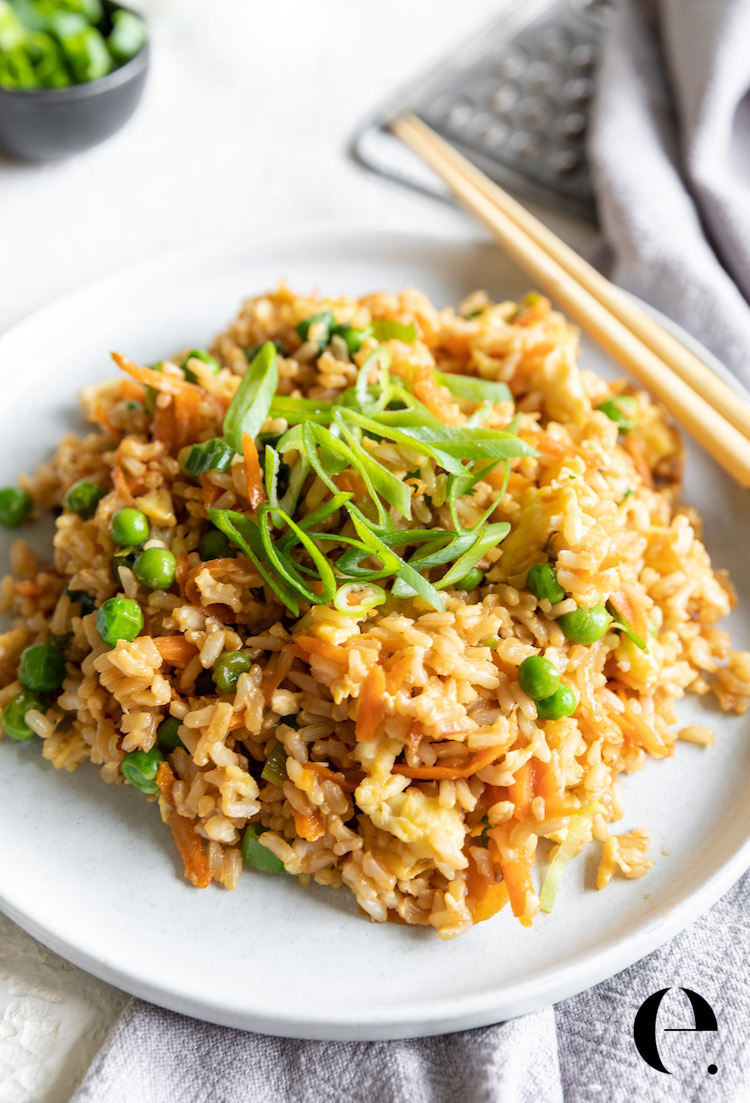
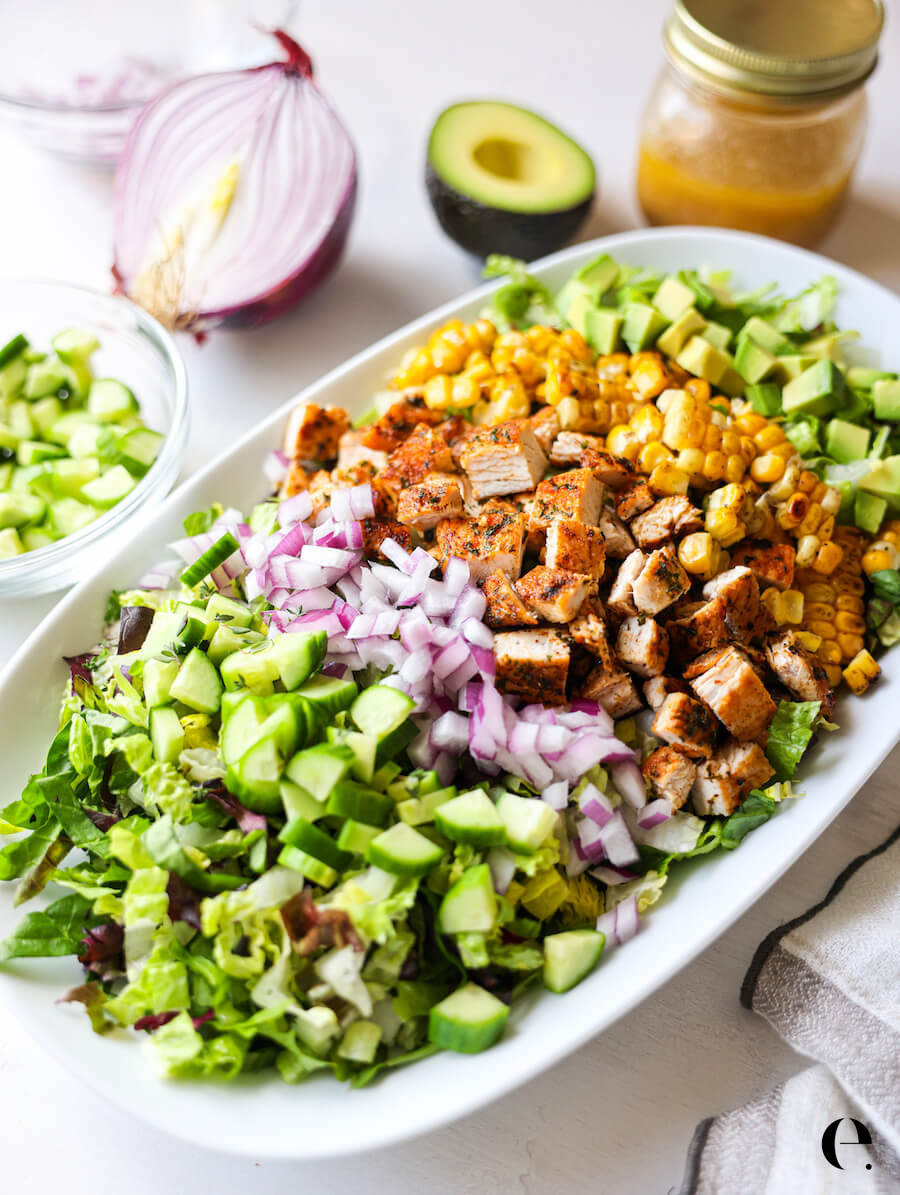
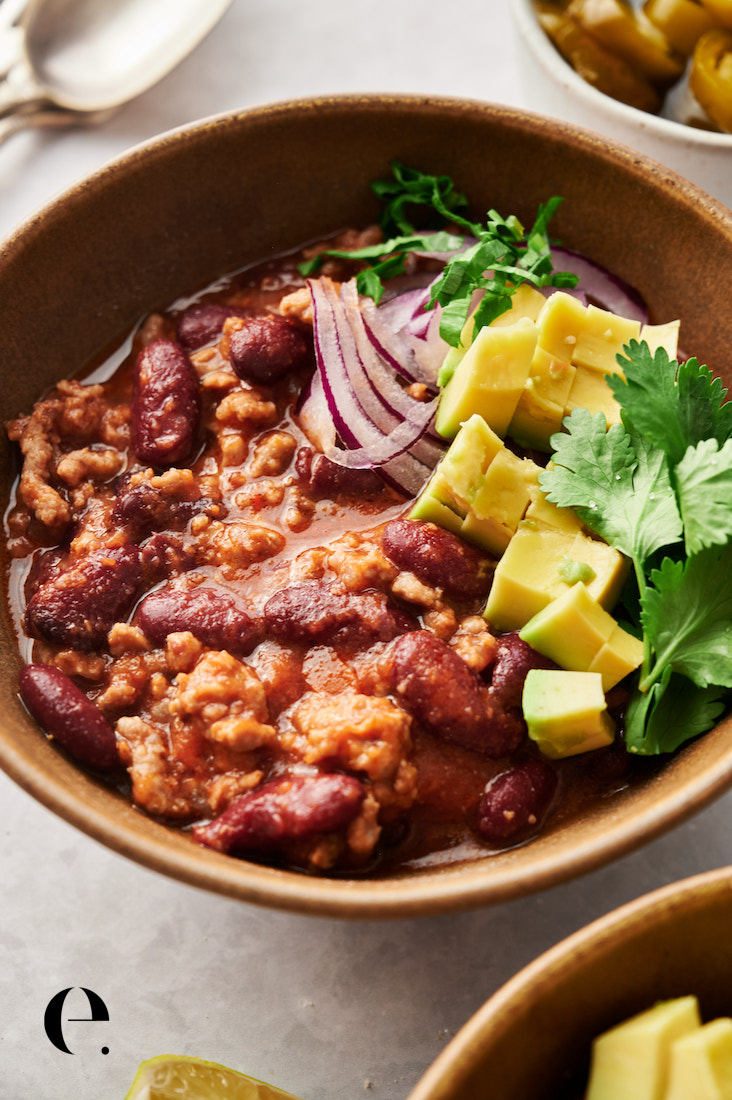
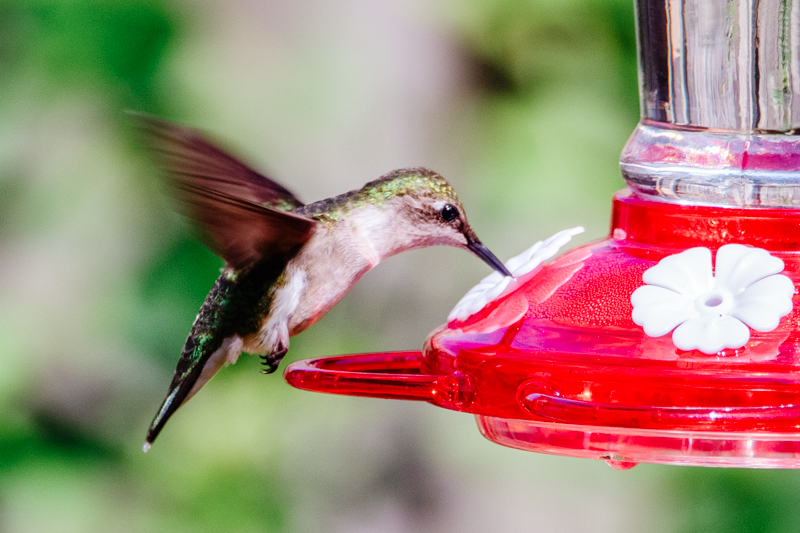
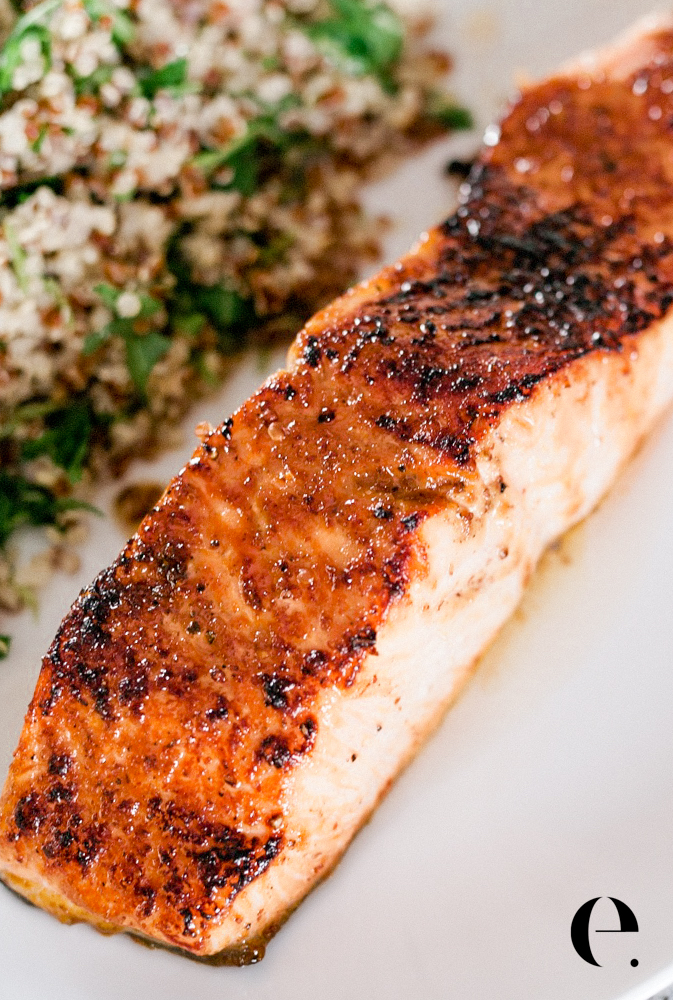
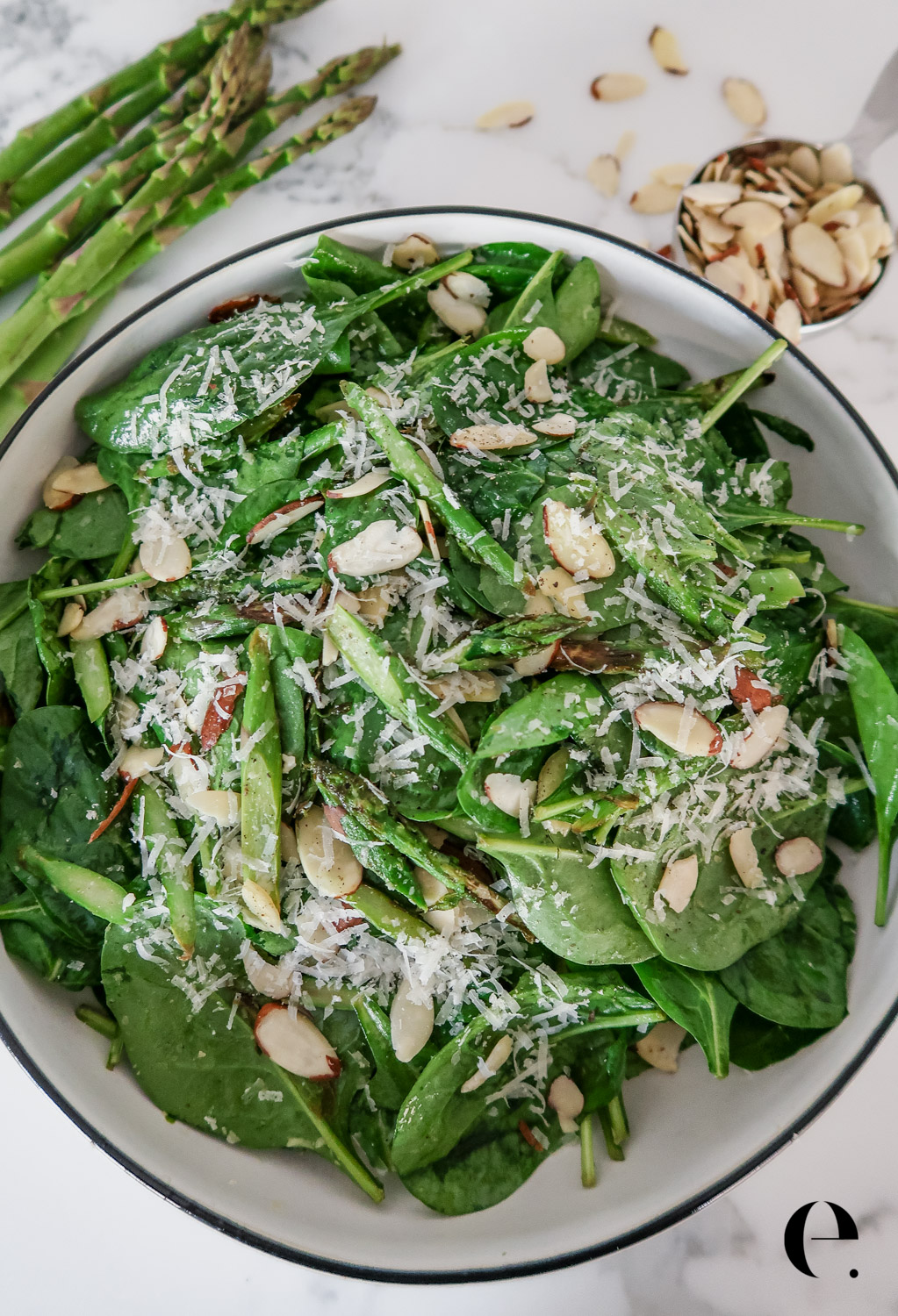
Leave A Review + Read The Comments →